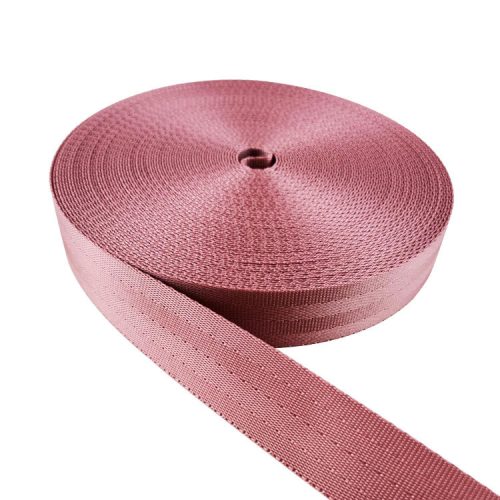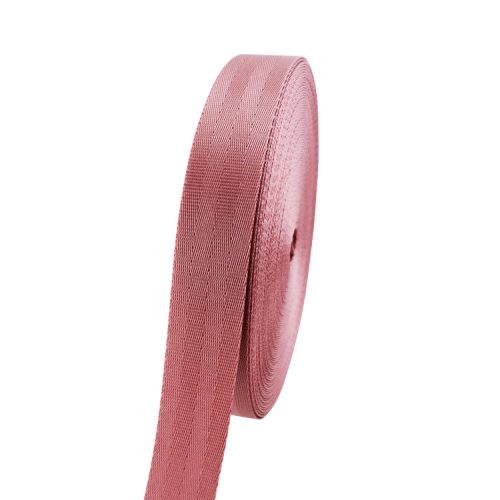Choosing the right width of cotton webbing depends on the specific project or application you have in mind. The width you choose will impact the functionality, aesthetics, and overall performance of your project. Here are some guidelines to help you select the appropriate width for your cotton webbing:
- Consider the Application:
- Determine the purpose of the cotton webbing. Is it for bag straps, belts, handles, or a specific type of equipment? Different applications require different widths for optimal performance.
- Weight and Load-Bearing Capacity:
- The width of the cotton webbing influences its weight-bearing capacity. Generally, wider webbing can support heavier loads. If your project requires carrying weight, opt for wider webbing.
- Comfort and Ergonomics:
- For applications that come into direct contact with the body, like bag straps or harnesses, consider the comfort factor. Wider webbing may distribute weight more evenly and feel more comfortable.
- Aesthetics and Design:
- The width of the cotton webbing affects the visual appearance of your project. Wider webbing can provide a bolder and more prominent look, while narrower webbing might offer a more delicate appearance.
- Functionality:
- Think about how the width of the webbing will function in the design. For example, a wider handle might be easier to grip, while narrower webbing could work well for decorative trims.
- Compatibility with Hardware:
- Make sure the width of the cotton webbing is compatible with the hardware components you intend to use, such as buckles, clips, and adjusters.
- Industry Standards:
- In some cases, there might be industry standards or guidelines that recommend specific widths for certain applications, such as bag straps or safety equipment.
- Personal Preference:
- Ultimately, your personal preference plays a role. Consider the visual aesthetics you’re aiming for and how you want the finished project to look and feel.
Here are some general guidelines for common projects:
- Bag Straps: Bag straps can range from around 1″ to 2″ in width, depending on the size and style of the bag. Wider straps might be more comfortable for heavy loads.
- Belts: Belts typically range from 1″ to 1.5″ in width for casual wear. Wider widths might be used for statement belts.
- Handles: Handles for bags or totes might range from 1″ to 1.5″ in width, with wider widths for larger bags.
- Harnesses and Safety Equipment: For safety equipment, refer to industry standards. Widths vary based on the specific application and safety requirements.
- Decorative Trims: For decorative trims on home decor or clothing, narrower widths, such as 0.5″ to 0.75″, can be used for a delicate touch.
Before making your final choice, it’s a good idea to experiment with different widths using scrap pieces of cotton webbing to see how they function and look in your project. This will help you make an informed decision based on both practicality and aesthetics.


